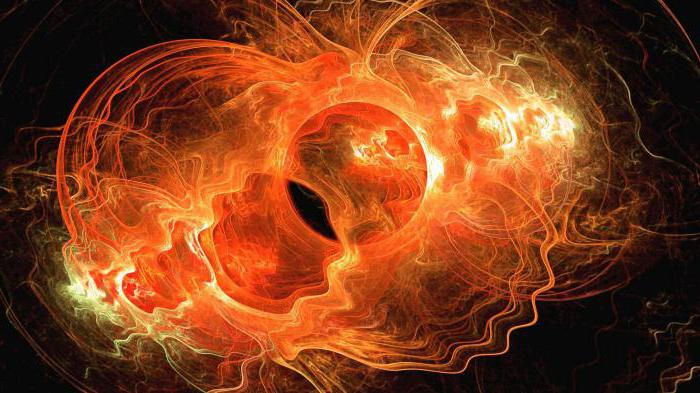STATES OF AGREGATION.
- abelvalladolid66
- Feb 3, 2022
- 2 min read
Matter is all around us. We understand that it is anything that has mass and occupies a space, that is, everything that we can find in the Universe, whether visible like a rock or invisible like air.
We explain the existence of matter with the kinetic particle theory. You can learn about this theory in these web pages
The Kinetic Particle Theory (also called the Kinetic Theory of Matter) states:
· Matter is composed of particles, invisible to the naked eye, that are in some way attracted to each other.
· These particles are in constant motion. As the temperature rises, the speed of the particles increases.

The state of matter depends on how close together (or aggregated) the particles are. So we talk about the state of aggregation of matter.
An aggregate state is a condition of materials, which depends on the temperature and pressure.
You can practice with particles in the Phet simulations:
If we look at everything around us, we observe that matter can be found in three states:
· Solid (like our desk)
· Liquid (like the ink in our pen)
· Gaseous (like the air we breathe).
A forth state of matter: PLASMA
Plasma is considered the fourth state of aggregation, but plasma is the first state of matter in the Universe.

A plasma is a gas that is so hot that some or all its constituent atoms are split up into electrons and ions, which can move independently of each other. Because they are made up of electrically charged particles, plasmas can be strongly influenced by electrostatic and electromagnetic fields and forces, which can lead to very complex and interesting behaviour.

You can watch this video and understand it better.
Here you can learn how to create plasma in the laboratory.
In this web page you can learn about Plasma space.



Comments